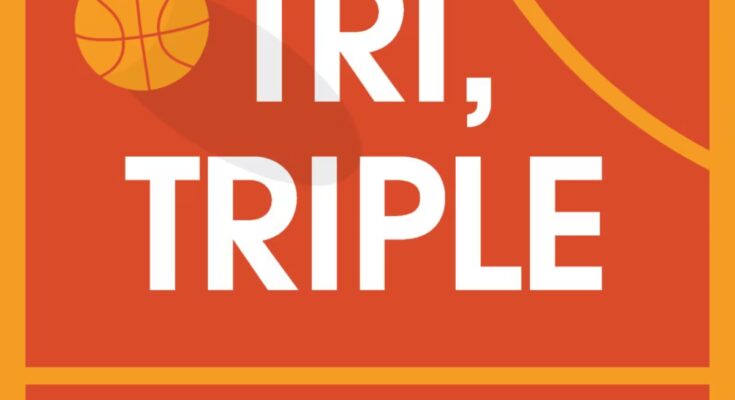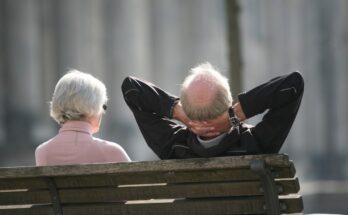Among the many virtues that basketball possesses is the ability to demonstrate how elastic time can be depending on circumstances. When a game is about to end and the outcome is very close, coaches usually call a timeout. Sometimes the scoreboard shows that there are only a couple of seconds and a few hundredths left. The technical bodies give instructions to the athletes. So many that it seems impossible that even a small portion of all orders could be fulfilled. It’s physically impossible. Yet it happens. No matter how short the period of time, there is room for dozens of coordinated movements that will allow a rinse for a final cast or a alley-oop that will turn the close of the game into something akin to the realization of the American sporting dream. A strange effect will cause, on the electronic scoreboard, the cents to advance almost at the rate of the seconds and these will do so with the right cadence so that the last basket attempt can be made. It’s part of the magic of basketball.
For a large part of the Spanish sporting public to discover that elf, an explosion was needed. It happened at the Olympic Games in Los Angeles in 1984. Spain won the silver medal – losing 96 to 65 in the final against the United States -, inaugurating a period of furor around the sport of basketball that would lead it to become one of the best teams in basketball history. Tri, Tri, Triple (Editoriale Roca) is the book in which sports journalist Javier Maestro reconstructs those years in which the country’s schoolyards began to fill with mini-basketball courts. It does so through the voices of some journalists who were able to recount a historic era for a sport that has never stopped growing. Stories, intrastories, anecdotes, philias and phobias complete a book that captures the emotion of that moment. The same one that follows the flight of the ball towards the basket from the 6.75 line, when the magic of basketball appears.



